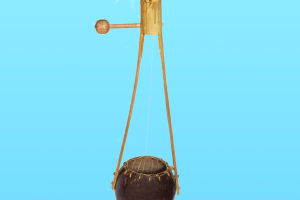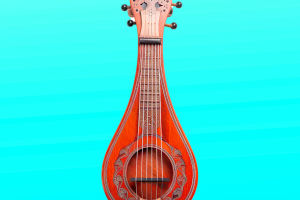Flower arranging, also known as floral design, is an art form that involves the creative combination of various flowers, branches, leaves, and other plant elements to produce aesthetically pleasing works of art.
It is not merely a decorative craft but also a means of expressing emotions, conveying culture, and showcasing personal taste.
Whether used in home décor, festive celebrations, or formal events, flower arrangements add a unique touch of colour to any setting. This article will delve into the history and techniques of flower arranging.
The History and Culture
The history of flower arranging dates back to ancient civilizations. As early as around 2500 BCE, the ancient Egyptians began using flowers for decoration and ritual purposes. In ancient Greece and Rome, the art of flower arranging also saw preliminary development, primarily for public decoration.
However, the rise of modern floral art is closely tied to Japan. Japanese floral art, known as "Ikebana," dates back to the 15th century. Unlike Western floral arrangements, which emphasize naturalism, Ikebana focuses on harmony in form and space. Through minimalist design and precise techniques, Ikebana artists elevate the beauty of flowers to a new level.
Basic Techniques
The first step in flower arranging is selecting appropriate materials. Commonly used flowers include roses, lilies, tulips, and carnations, each offering different colours and shapes that can be chosen based on the theme and occasion. In addition to primary flowers, incorporating green leaves and decorative branches can enhance the arrangement's depth.
Before arranging, the flower materials need proper preparation. For example, stems should be trimmed to fit the height of the vase, and wilted or damaged leaves should be removed. Proper preparation not only helps extend the longevity of the flowers but also ensures the arrangement’s optimal appearance.
Designing a flower arrangement involves considering the colours and shapes of the materials as well as the size and shape of the vase. Different design styles such as symmetrical, asymmetrical, and linear can be chosen based on the need. During the design process, factors like the height of the materials, layering, and spatial layout must be considered to achieve a harmonious and dynamic arrangement.
Various tools can be used in flower arranging, such as floral foam (Oasis), flower scissors, and floral tape. Floral foam helps secure the materials and maintain their moisture. Flowers are inserted into the foam one by one, with adjustments to angle and height to achieve the best effect.
After completing the arrangement, it is important to regularly check the water level and change the water to keep the flowers fresh. Regularly trim any wilted parts and avoid placing the arrangement in direct sunlight or dry environments.
Flower arranging is not just a decorative skill but a form of living aesthetics. Through floral design, we can enhance the beauty of a space while expressing personal emotions and creativity. Whether opting for traditional or modern styles, each bouquet is a tribute to natural beauty and a celebration of life.


